How to get the Q-Grader of "coffee quality appraiser"? Is it difficult to get a Q?
Professional coffee knowledge exchange more coffee bean information please follow the coffee workshop (Wechat official account cafe_style)
We like coffee, are attracted by the aroma of coffee, can not wait to drink the entrance, but there are some small steps to surprise the tip of your tongue to the deep taste of coffee. These are the basic knowledge that cup testers must have:
Smell: the aroma of coffee from different producing areas, the aroma of flowers, fruit and herbs, and the mind also travels around the world tour of coffee.
Sip: sip the coffee into the mouth and feel the sour taste of the coffee on both sides of the tongue.
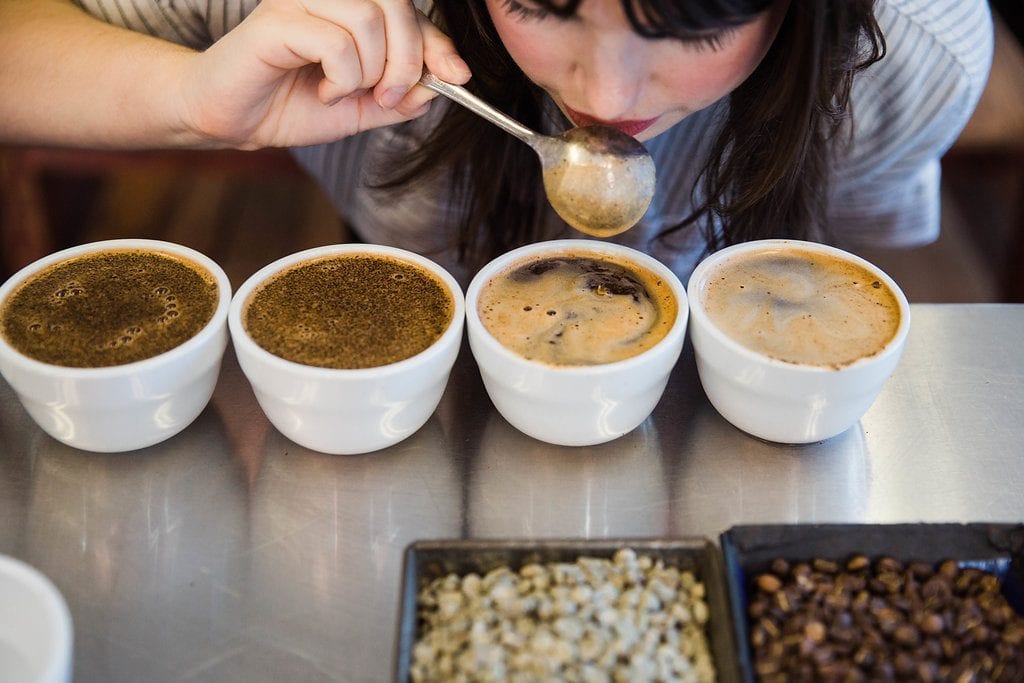
The so-called "cup test" of coffee is like tasting red wine to objectively and generally judge the sweetness and sour taste, bitterness, aftertaste and aroma of coffee, as well as the quality of coffee.
More and more coffee lovers who attach importance to the taste of life learn to appreciate coffee from their taste. The five flavors of "sour, sweet, bitter, salty and fresh" will have their own sensitive parts in each section of the tongue to distinguish between strong and weak, to test the quality of coffee, and to identify the grade of coffee through a cup test. Therefore, coffee quality appraisers must have the professional skills of coffee. Besides, they must learn to use the "smell of nose" and "taste buds of lips" to let the air act on the coffee and tongue when sipping, so as to assist the taste feeling to find out the best sweet and sour spot.
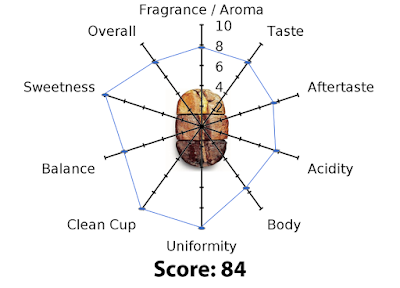
#The most expensive gold tongue in the world!#
In the face of the third coffee wave, more and more people really like coffee and want to spread coffee culture. High-quality coffee is also the future of coffee shops. The world's top coffee companies buy huge amounts of insurance for the cup tester's golden tongue, such as COSTA Café, which insured Gennaro Pelliccia's tongue for £ 10 million. The average is £ 1000 per taste bud, he said: "Coffee tasters 'taste buds are as important as singers' vocal cords or models 'long legs." The cup tester lives in a happy life of thousands of fragrance every day ~~ Are you excited?
So how do you become a coffee quality appraiser Q-Grader?
Q-Grader concept:
Q-Grader is a certified coffee cup evaluator by CQI(International Coffee Quality Evaluation Society), a partner of the American Specialty Coffee Association. Q-GRADER is an exam with little explanation.
There are a total of 22 exams.
1 coffee general knowledge written test 3 taste threshold test 4 smell bottle smell test
5 triangular cup tests 1 organic acid test 1 sample baking identification
1 green bean grading test 1 ripe bean identification 5 coffee cup tests
Q-GRADER certification can be obtained by passing all subjects, and if there are subjects that fail, it is also possible to pass the makeup examination within 18 months.
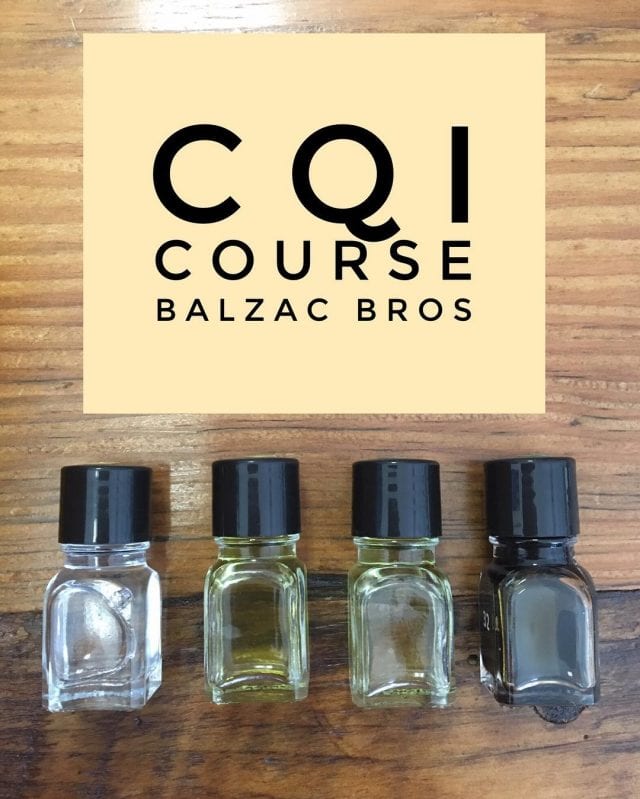
① 1 Coffee General knowledge written test is to answer 100 multiple-choice questions within 1 hour, and more than 75 correct answers can pass.
The three taste threshold tests of ② refer to the identification of sour, sweet and salty taste. One of them is to find out which of the nine cups of water are sweet, sour and salty, and the other is to identify the three concentration levels in each of the three cups of sour, sweet and salty. One is three flavors, three grades, that is, nine solutions, which are mixed with each other, and then there are eight cups of mixed solution. let you point out what flavors and concentration levels are in these 8 cups of solution (it may be a mixture of two flavors, or it may be a mixture of three flavors).
③ 4 smell bottle smell test, which refers to the 36-flavor bottle of coffee nose. Among them, it is divided into 4 groups according to the cause of taste, so there are 4 separate tests. The way of the test is to take a lianliankan look at 9 bottles on one side and 6 bottles on the other side, asking you to point out which of the 6 bottles in the other group is the other group of 9 bottles. Then write down the specific taste of the specified 3 bottles. During the exam, the lights will be turned off, only the red light will be turned on, and the bottles will be wrapped in order to prevent candidates from judging by color.
④ 5-item triangular cup test is 5 rounds, each round 6 groups. There are 3 cups in each group, of which 2 cups are the same and 1 cup is different. Find out which cup is different. There can be at most one wrong group in each round of 6 groups. During the exam, the lights will be turned off, only the red light will be turned on, and candidates will not be allowed to observe the coffee powder through color.
⑤ 1 organic acid test, that is, there are 8 groups of coffee, each group of 4 cups, of which 2 cups are added with acid (citric acid, malic acid, phosphoric acid, acetic acid). Find these two cups. Then write down what kind of acid is added.
⑥ 1 sample baking identification allows you to judge whether it conforms to the SCAA cup test standard for baking color by the color of coffee beans and coffee powder.
The ⑦ 1 raw bean grading test is a 20-minute group of three groups to select raw beans, pick out various SCAA defective beans, and explain what kind of defects they are, calculate the number of defects, and judge whether they are fine coffee or non-premium coffee based on the defects.
⑧ 1 identification of cooked beans, according to the SCAA standard, select whether there are QUAKER beans in the cooked beans, and indicate whether it is a fine coffee.
⑨ 5 coffee cup tests are based on SCAA cup tests for 5 rounds (Brazil, Colombia, East Africa, Indonesia and Central America, respectively). There are six sets of coffee in each round. Six kinds of coffee in each producing area were scored on the basis of SCAA cup meter. Check to see if your score matches the score of the coffee.
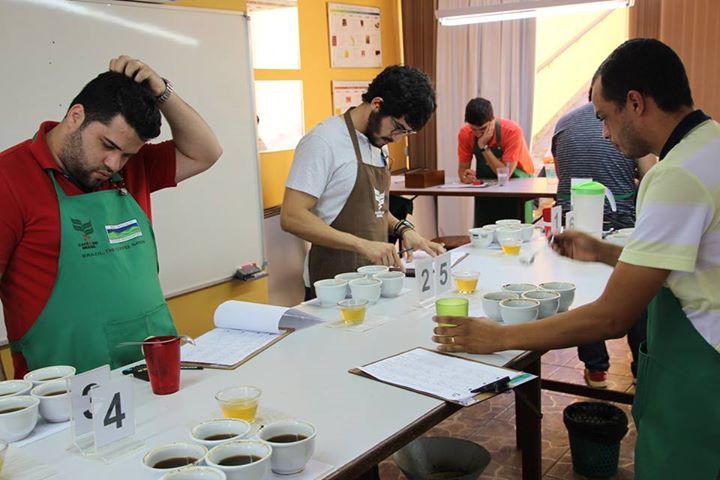
Second, about the preparation and feeling of the examination
① first talk about the smell bottle, coffee nose 36 flavor, is divided into four groups: enzymatic reaction, caramel reaction, distillation reaction and aroma pollution, each 9 bottles.
When practicing, find out each of the nine bottles, remember the taste of each of them firmly, and then smell them over and over again. The most important memory help is to remember the structure of the flavor wheel and all the groups and flavors by comparing the coffee flavor wheel of SCAA, then memorize it, and then write it down one by one with the taste in the four groups of incense bottles, and compare which are the flavor wheels but the coffee nose is not. Which is the coffee nose but not the flavor wheel, this memory effect is very good, can be considered to fully understand the relationship between the flavor wheel and the coffee nose. Different batches of incense bottles, even the taste is quite different, in my own smell bottle memory and the test used there is some difference. However, the greater purpose of the examination is to examine the candidates' sense of smell and memory in a short period of time, so as long as they have done serious practice before, they should be able to pass smoothly.
②, let's talk about the written test. The written examination is also a relatively low passing rate. It can be said that the examination questions cover a wide range of topics, with reference books and general examination scope on the CQI website. The content includes planting, variety, producing area, treatment, cup testing, production, and even trade and other fields. I suggest that you should read as many coffee books as possible on the basis of reading SCAA cup test manual and raw bean defect manual.
③ raw bean grading, this one also has the lowest pass rate. Because we have to pick out all the SCAA-compliant defects in the 350g sample within 20 minutes, sort them, and then fill out the examination papers, time is still very tight. If you don't often pick raw beans and learn the grading standards of SCAA, it is really difficult. We usually pick beans for some defects are too harsh, in fact, does not belong to the type of defects stipulated by SCAA. And some defects are really difficult to judge, need a certain amount of experience. It is recommended to read SCAA's manual of raw bean defects, be proficient in 6 kinds of first-class defects and 10 kinds of second-class defects, and keep in mind the number of defects in each. Only in this way can we have enough time. SCAA stipulates that the number of defects in 350g samples of boutique coffee can not exceed 5, among which there can be no one kind of defects. Some people mistakenly think that five defects refers to no more than five defective beans in 350 grams of raw beans. In fact, for each type of defect, there is a corresponding regulation for the calculation of defect points. For example, some defects 5 defective beans can be regarded as a point, and some defects 10 defective beans can be regarded as a point. Among the 350 grams of samples, if the distribution of defective beans is very coincidental, more than 90 defective beans are selected, and there is still a chance to be regarded as boutique coffee.

④ about the taste threshold test. It is very difficult for a sour, sweet and salty solution with different concentrations to distinguish what tastes and to write down a grade. According to taste research, 25% of the people in the world are the most sensitive, 50% are common, and 25% are insensitive. I think the main purpose of this test is to get rid of those who are the least sensitive to taste. Because these people themselves are not fit to work as coffee tasters. Fortunately, Asians should be regarded as people with a sensitive sense of taste. Among them, Asian women have the highest taste sensitivity among all the people in the world.
⑤ triangle cup test. With regard to the 5 rounds of triangular cup test, this really has a lot to do with the individual's sense of smell and taste. Five rounds of examination questions are also getting more and more difficult. In the first round, group 6 can roughly determine which cup it is by smelling the coffee powder, and then reconfirm it when drinking it. In the last round, almost six groups of coffee, none of them can accurately tell by smelling the dry powder, and even the flavor is the same when drinking it. It can be distinguished by the different position of the tongue irritation after the coffee is sucked into the mouth. Because it's really hard to tell the flavor.
⑥ organic acid, baking sample identification and cooked bean identification are basically easy subjects in the exam. Most of them should pass. Organic acid sounds mysterious, in fact, as long as it is sensitive to acidity and can tell which cup is added with acid, it can be passed. If you can write down whether it is malic acid, citric acid, phosphoric acid or acetic acid, you can get extra points. Baking sample identification, mainly to understand the SCAA for cup measurement of coffee roasting degree regulations, for 58, 63 those chromatographic values to understand what the meaning of the basic can be passed. To identify cooked beans is to find out whether there are QUAKER beans in 100g cooked bean samples. According to SCAA regulations, if there is a QUAKER in 100g cooked bean samples, it is not considered fine coffee. For QUAKER, the color is really a lot of obvious light to calculate, a little lighter, but also caramelized reaction, can not be counted as QUAKER.
⑦ on the cup test of 5, the test requirements are the same, for 5 rounds, each round of 6 groups of coffee, respectively, according to the SCAA standard score, the score should be close to the standard score of the coffee. And in each round, the good or bad trend of 6 groups of coffee should be correct, some of the 6 groups of coffee are good and some bad, and the fine products should be clearly distinguished from the non-fine ones.
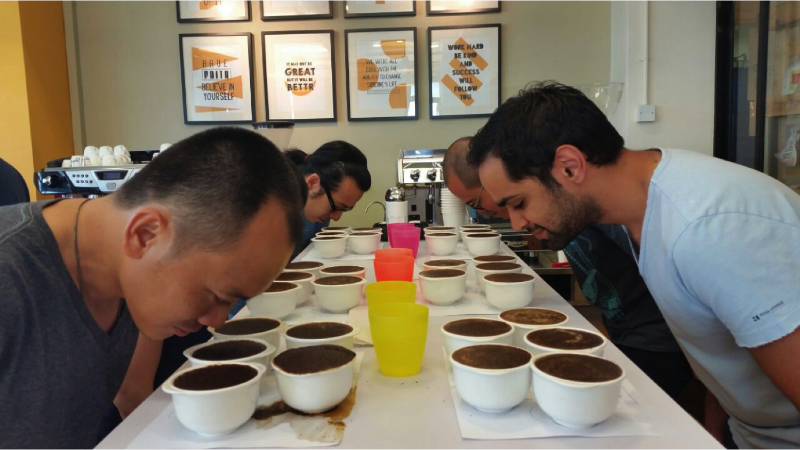
In each round of the exam, the lecturer will first take out a cup of coffee for grading and correction, itemized to count everyone's score and the lecturer's score. Determine the score for this calibrated cup of coffee. In the formal examination, the corrected coffee will also be one of the six groups of coffee, but the examinee will not tell which group it is to see if the coffee can be graded again to see if the corrected standard can be met.
END
Important Notice :
前街咖啡 FrontStreet Coffee has moved to new addredd:
FrontStreet Coffee Address: 315,Donghua East Road,GuangZhou
Tel:020 38364473
- Prev
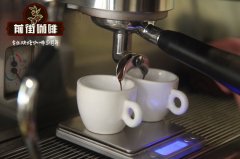
The ingenious use of coffee grounds how to use coffee grounds correctly the fourteen functions of coffee grounds
Professional coffee knowledge exchange more information about coffee beans Please follow the coffee workshop (Wechat official account cafe_style) many people like coffee. When I get up bleary-eyed every morning, the first thing I do is make a cup of coffee. Then throw away the coffee grounds on the filter paper or in the machine and enjoy the start of the day. But you may not know that what we throw away silently every day is extremely black.
- Next
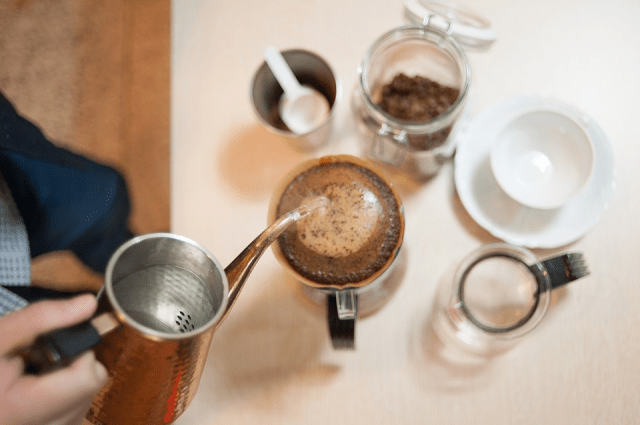
How does turbulence and agitation affect the flavor of hand-brewed coffee? How does stirring affect coffee extraction?
Professional coffee knowledge exchange More coffee bean information Please pay attention to coffee workshop (Weixin Official Accounts cafe_style) Hand brewed coffee is really great! You can watch the water flow gracefully when you brew it, and the coffee you brew is like a crystal clear liquid. The best part is that anyone can brew it at home. But it looks great but it's not as simple as it looks, except for the common water temperature,
Related
- Beginners will see the "Coffee pull flower" guide!
- What is the difference between ice blog purified milk and ordinary milk coffee?
- Why is the Philippines the largest producer of crops in Liberia?
- For coffee extraction, should the fine powder be retained?
- How does extracted espresso fill pressed powder? How much strength does it take to press the powder?
- How to make jasmine cold extract coffee? Is the jasmine + latte good?
- Will this little toy really make the coffee taste better? How does Lily Drip affect coffee extraction?
- Will the action of slapping the filter cup also affect coffee extraction?
- What's the difference between powder-to-water ratio and powder-to-liquid ratio?
- What is the Ethiopian local species? What does it have to do with Heirloom native species?

